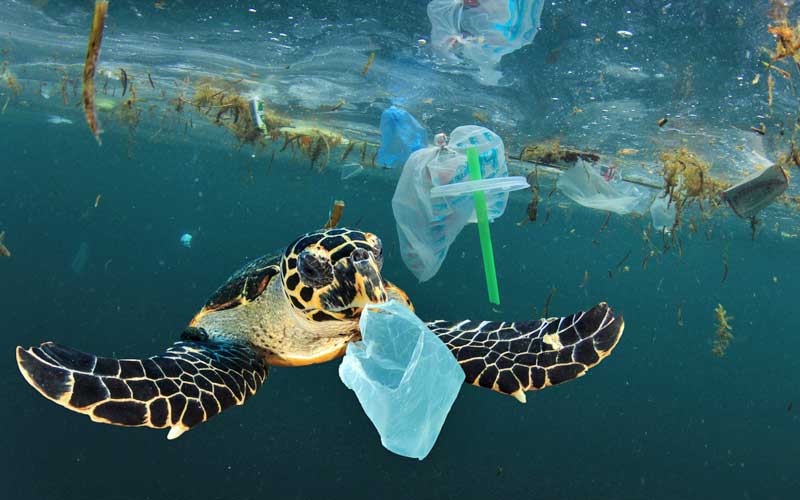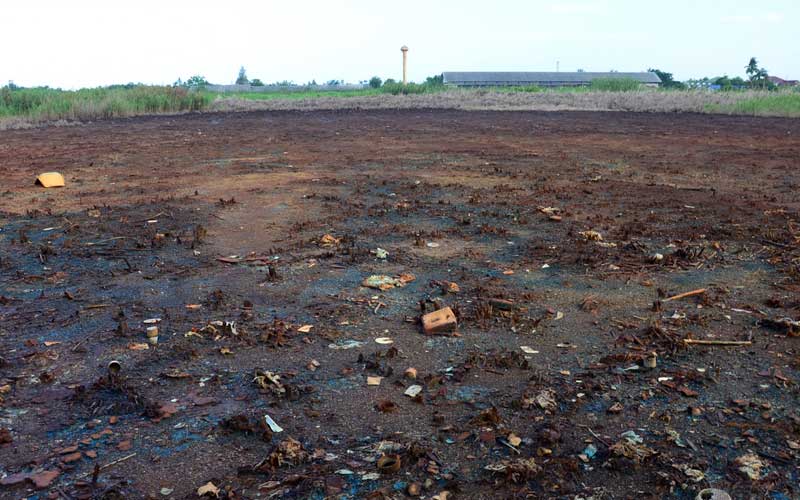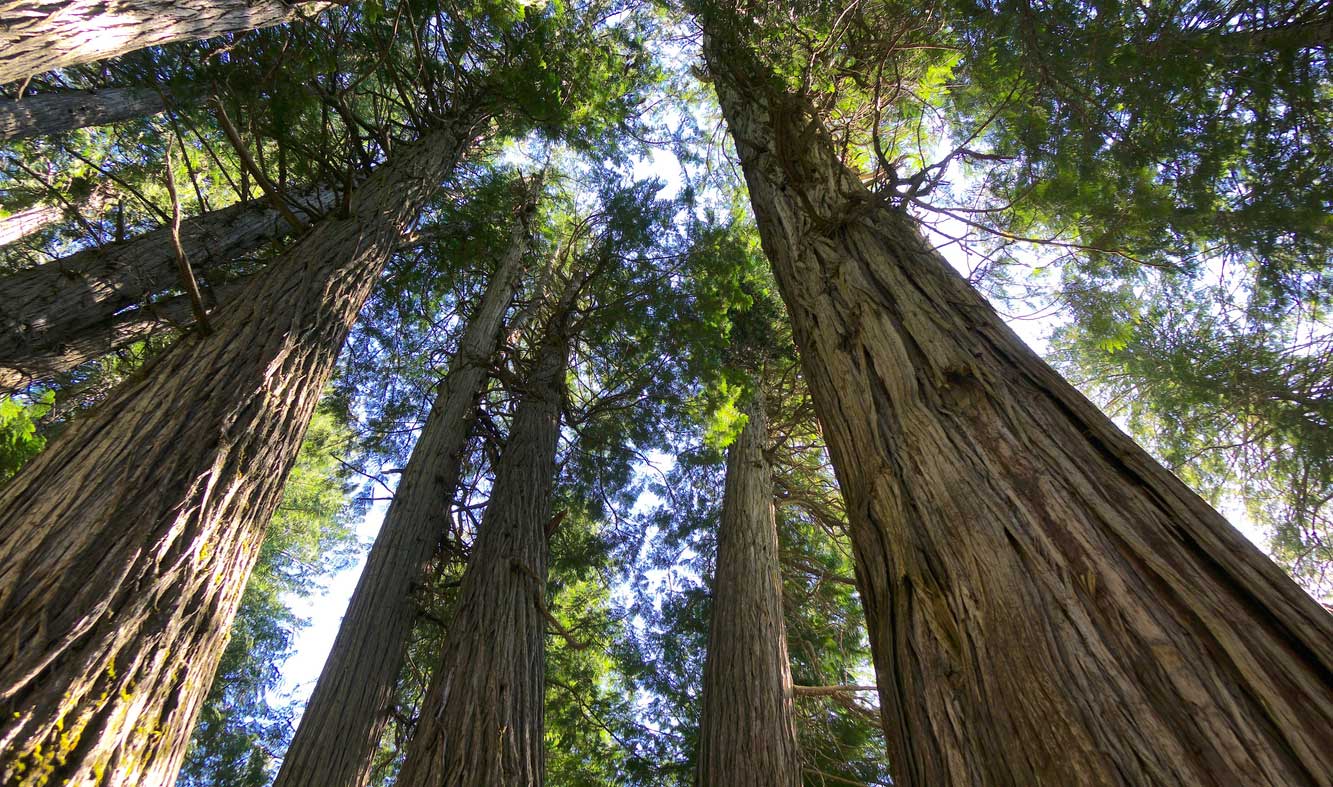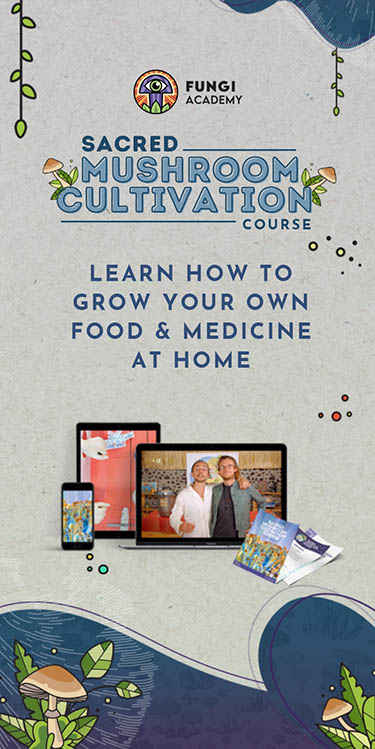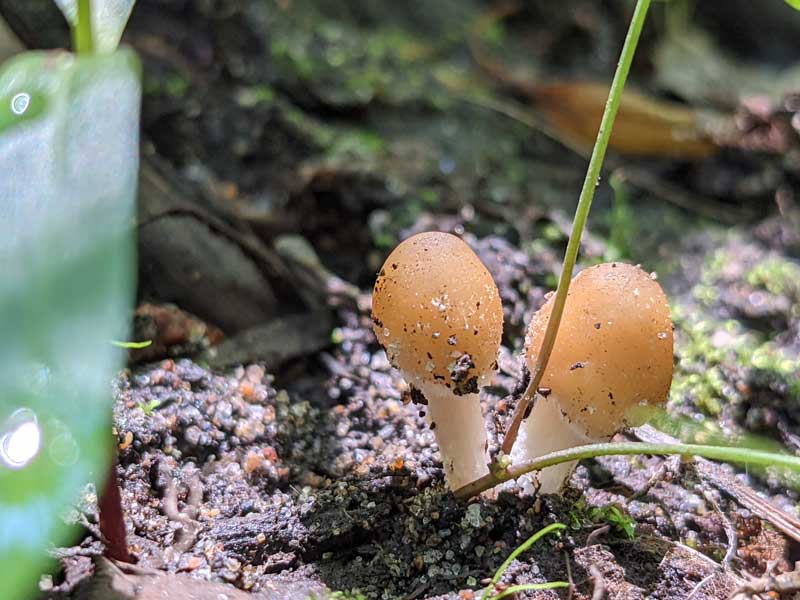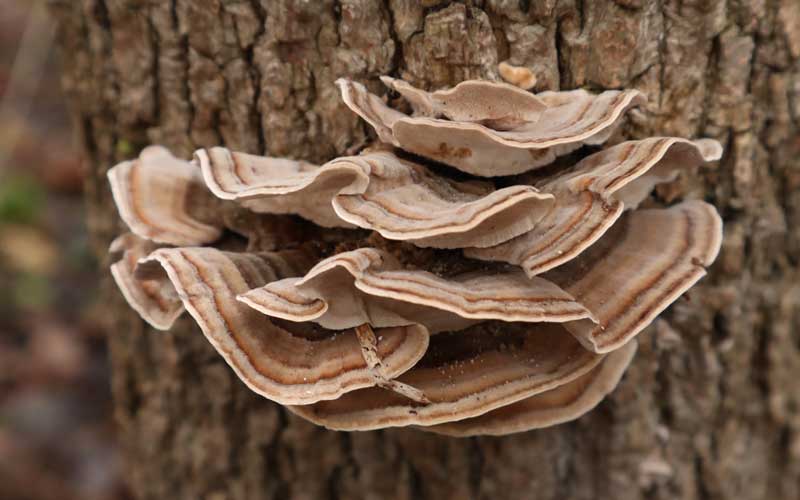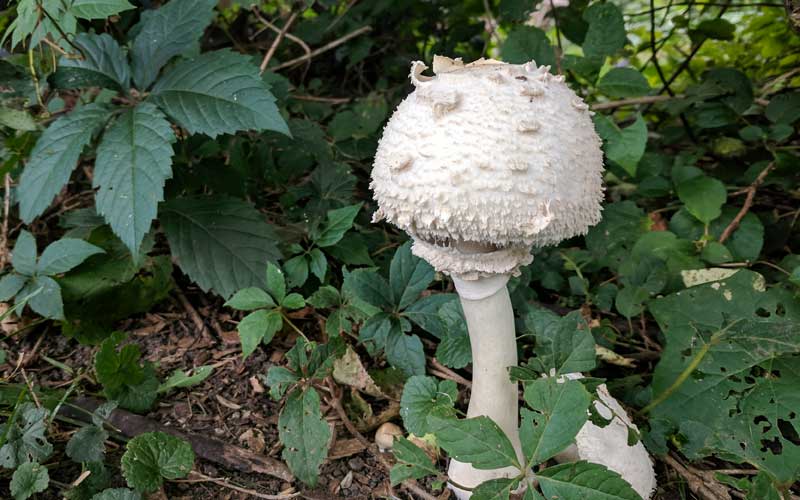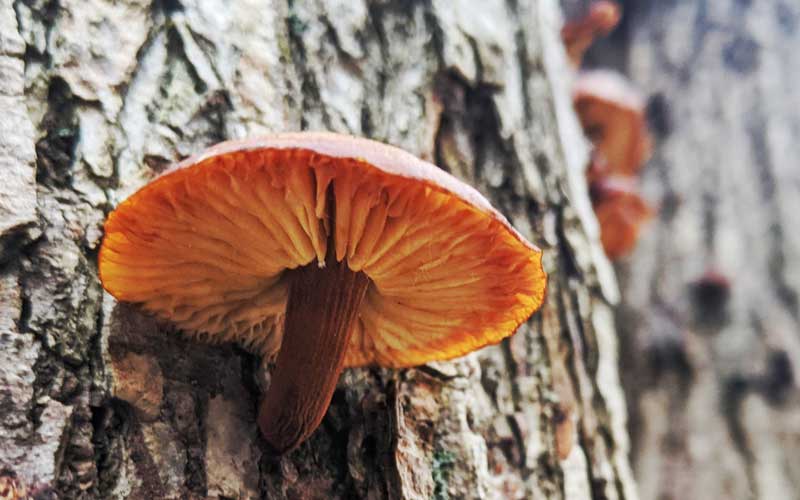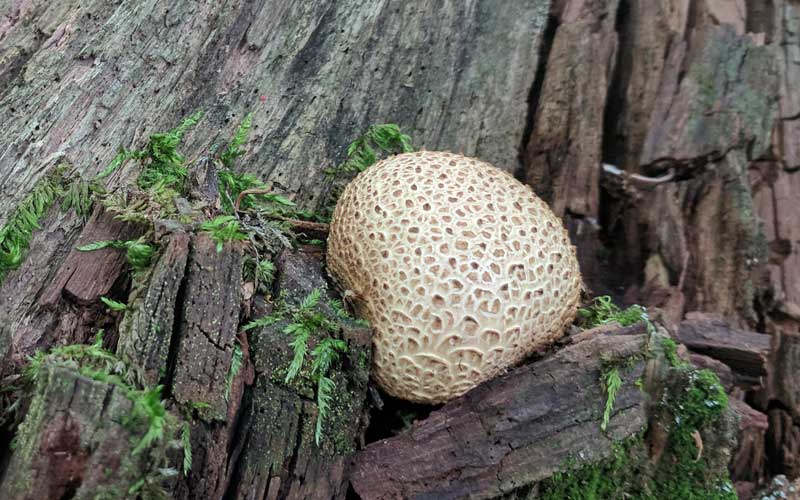- Home
- Mycoremediation
- Fungi and Algae Blooms
Using fungi to combat and prevent algae blooms in our waterways.
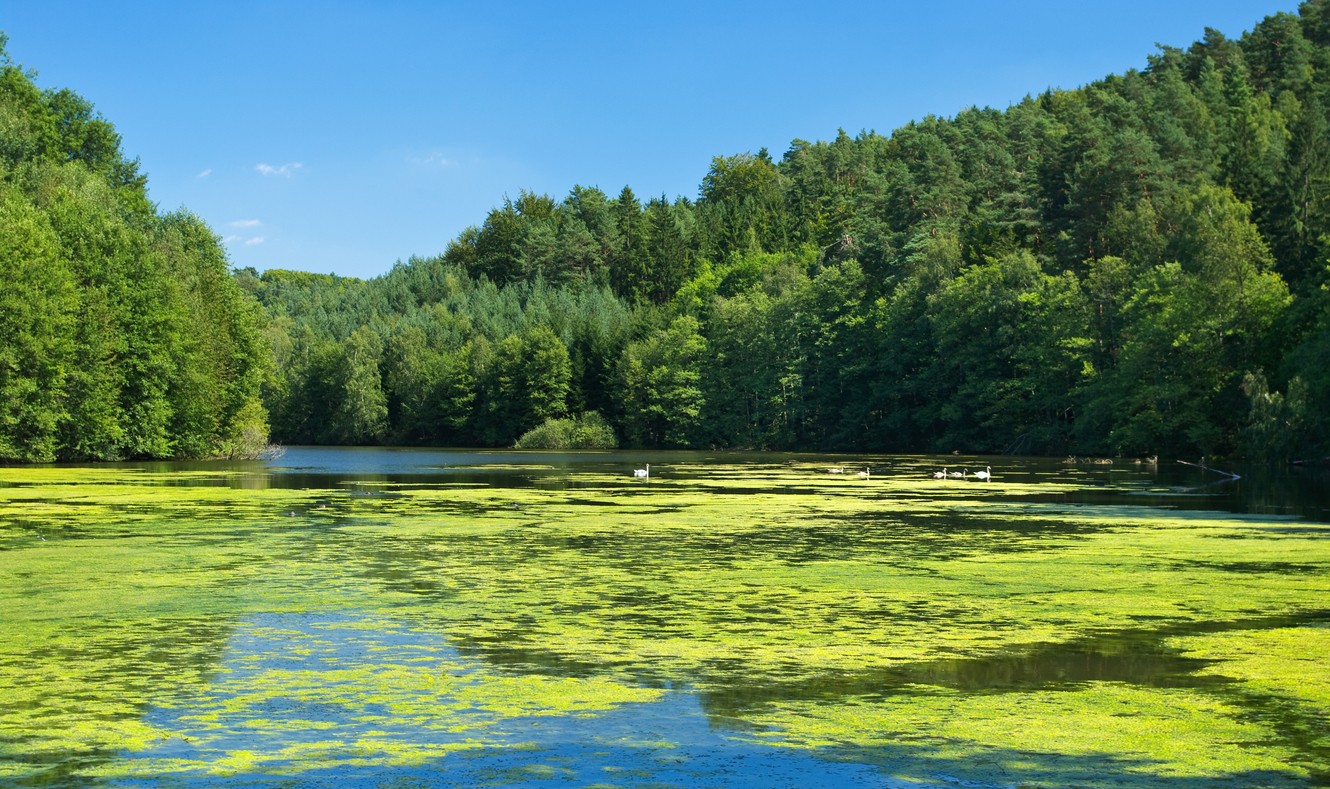
Perhaps you’ve heard of algae blooms in lakes. Maybe you’ve even had one in your area.
For example, at the time of this writing, multiple lakes in Florida have health alerts because of blue-green algae blooms. As part of those warnings, people are advised not to swim or wade in the water. (They are also reminded not to drink the water or using it to cook.)
The algae blooms can be harmful to pets, as well… especially dogs who are fairly indiscriminate about the water they drink when they’re thirsty.
So what causes these algae blooms? Are they a natural occurrence? Or do they have bigger environmental implications?
The dangers of algae blooms extend beyond people and dogs…
They’re also bad for the fish and other aquatic creatures living in an affected area.
The bacteria responsible for algae blooms, cyanobacteria, reduce the level of oxygen in the water and add toxins. That can kill fish living in the lake as well as other aquatic life. It can throw the lake’s ecosystem out of balance, making it hard for the area to recover.
Algae blooms are becoming more common because cyanobacteria thrive in the heat. Hotter summers mean friendlier growing conditions for the algae. The nutrient load in a lake also has an effect. Commercial fertilizers, run off from sewers and septic tanks, and other man-made sources can increase a lake’s nutrient load and contribute to algae bloom.
Because the changing climate and nutrient loads are caused by human behaviors, it means these algae blooms aren’t a natural occurrence… at least not at the level we’re seeing them.
It also means environmental scientists are looking for a way to combat algae blooms.
And they believe they’ve found an effective tool within the fungi kingdom.
Eliminating the obvious answers, before turning to fungi.
Before trying fungi, scientists wondered if they could simply increase the water life that feeds on algae. Unfortunately, within a bloom, the algae tend to grow in such a way that it’s difficult for its natural predators to eat it.
What researchers have discovered is that chytrids, an aquatic fungi, can infect blue-green algae colonies. When they do, they kill some of the algae, but they also break it apart, making it easier for small aquatic organisms to eat it.
A third benefit of using chytrids to combat algae blooms, is they seem to add important nutrients to the algae they infect, making it a healthier, more complete food source for the organisms eating it.
They’re fungi, but what exactly are chytrids?
Chytrids are microscopic fungi most often found living in fresh water or in very wet soils. They are parasitic in nature, and certain varieties target algae.
Chytrids are unique among the fungal kingdom in that at one stage of their lifespan, they are motile. They can swim between locations, seeking out new pollen or algae particles to colonize.
These are very simple fungi, perfectly spherical in nature, with small threads they can use to attach to their prey — algae in this case — to absorb nutrients.
Scientists are hopeful that chytrids will give them a viable way to combat algae blooms and restore a healthy balance to affected lakes.
If we could prevent the algae blooms, we wouldn’t need the help of fungi.
Even better than combatting existing algal blooms, is preventing the blooms in the first place.
One way to do this would be to change the nutrient load of runoff water entering vulnerable lakes. Runoff water from land that’s had commercial fertilizers applied to it can be high in phosphate and nitrogen, for example… both foods for algae.
Golf courses, public parks, and farmers may not be ready to give up on their fertilizers, though.
Maybe the fungi kingdom can offer some preventative help as well.
In one award-winning experiment conducted by a high school student, the student was able to show that using Stropharia mycelium as a buffer between runoff sources and waterways could help to balance the nutrient load entering lakes. And that could prevent algae blooms from happening in the first place.
As part of this research, the student cultivated large strips of Stropharia mycelium and placed them around a golf course pond prone to algae blooms. Any runoff from the golf course would pass through the mycelium before entering the pond.
When tested, the runoff water passing through the buffer strips had 31% less phosphate and 45% less nitrogen than runoff that did not pass through the mycelium buffer. That’s an impressive difference!
If positioned strategically, such mycelium strips could help to prevent high amounts of foreign nutrients from entering lakes. And that could stop algae blooms from forming, providing protection to the ecosystem and the aquatic creatures living there. This step could also keep lakes open to recreational activities, protecting communities and their economies from the downstream effects of out-of-control algae growth.
Like all forms of mycorestoration, using mycelium strips to combat and algae blooms is still in its infancy. But so far the results are promising, and that’s good news for everyone.
Related Topics:
Could plastic-eating mushrooms save our oceans?
Our oceans are choked with plastics. Mycoremediation projects using plastic-eating mushrooms could help solve the problem. Full article...
Mycoremediation can help clean up large areas of polluted land and waters.
Mycoremediation is the use of fungal mycelium to help clean up oil spills, toxic soil at old industrial sites, and polluted waterways. Read the full article...
How mushrooms and mycoforestry improve forest health.
Mycoforestry is the strategy of using mycorrhizal fungi to help damaged ecosystems—big or small—recover faster. The full article...
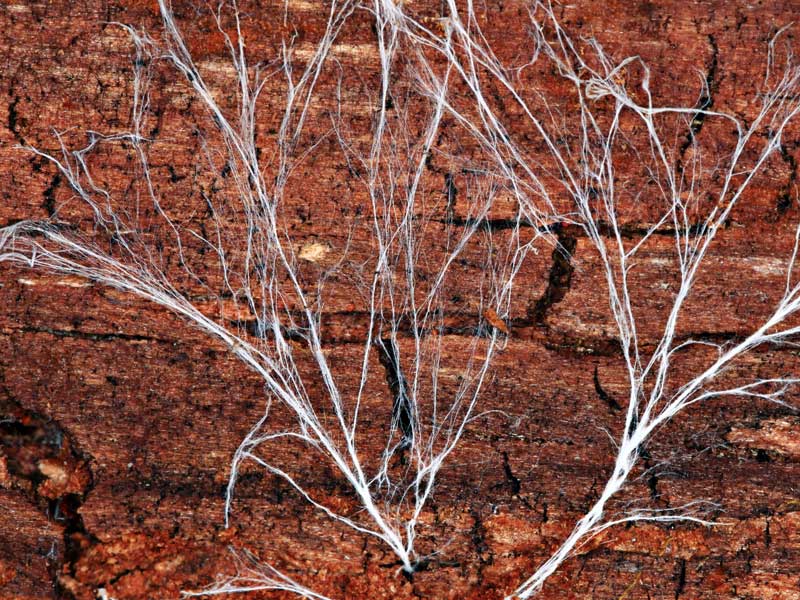
Mycelium… the underground network that connects and supports all life.
Mycelium is the miracle beneath our feet. It’s the root system of the mushrooms we see above ground, and a whole lot more. Read the full article...
